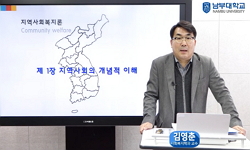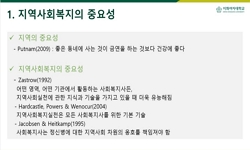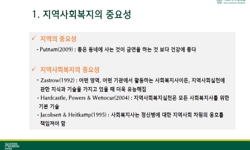PURPOSE This study aimed to analyze physical activity (sedentary, light, moderate to vigorous physical activity [MVPA]) characteristics of middle school students based on region (urban and rural) and sex. METHODS Data were collected from 216 students ...
http://chineseinput.net/에서 pinyin(병음)방식으로 중국어를 변환할 수 있습니다.
변환된 중국어를 복사하여 사용하시면 됩니다.
- 中文 을 입력하시려면 zhongwen을 입력하시고 space를누르시면됩니다.
- 北京 을 입력하시려면 beijing을 입력하시고 space를 누르시면 됩니다.

COVID-19 시기 지역(도시, 시골)과 성에 따른 중학교 학령기 청소년의 강도별 신체활동 특성 분석 = Analyzing the Physical Activity Characteristics of Middle School Students Based On Region (Urban and Rural) and Sex during COVID-19
한글로보기https://www.riss.kr/link?id=A108470968
- 저자
- 발행기관
- 학술지명
- 권호사항
-
발행연도
2022
-
작성언어
-
-
주제어
COVID-19 ; Physical activity ; Middle school student ; Accelerometer ; Region ; 코로나-19 ; 신체활동 ; 중학생 ; 3차원 가속도계 ; 지역
-
KDC
600
-
등재정보
KCI등재
-
자료형태
학술저널
-
수록면
713-721(9쪽)
- 제공처
-
0
상세조회 -
0
다운로드
부가정보
다국어 초록 (Multilingual Abstract)
PURPOSE This study aimed to analyze physical activity (sedentary, light, moderate to vigorous physical activity [MVPA]) characteristics of middle school students based on region (urban and rural) and sex. METHODS Data were collected from 216 students across 6 middle schools located in medium-sized urban (3 schools) and rural areas (3 schools), and the relevant physical activity was measured using a three-dimensional accelerometer (GT3X model). The collected data were inputted into the SPSS 20.0, and descriptive analysis and two-way ANOVA based on region and gender were performed (<.05). RESULTS The descriptive statistical analysis resulted in the following achievement rate of the physical activity standard (MVPA 60 minutes/day): 9.4%. The two-way ANOVA showed that the main effect according to gender was found in sedentary activity (F=5.258), light activity (F=6.790), and MVPA (F=32.274); furthermore, the main effect according to region was found in light activity (F=10.888) and MVPA (F=7.876). Interaction effect according to region and gender was found at all intensities, and the gap between rural and urban in male students was larger compared to that of female students. CONCLUSIONS After COVID-19, the level of physical activity among adolescents has worsened; this study found the problem of “decrease in physical activity; increase in sedentary activity” to be more serious among male students in urban areas.
동일학술지(권/호) 다른 논문
-
코로나-19 시기의 비대면 실시간 필라테스 트레이닝이 좌식생활 중년 비만 여성의 신체구성, 심혈관기능 및 체력에 미치는 영향
- 국민체육진흥공단 한국스포츠정책과학원
- 최정헌
- 2022
- KCI등재
-
프로스포츠구단의 ESG활동과 스포츠팬의 구단인지도, 구단애호도, 자기결정성, 자발적 행동의도의 관계
- 국민체육진흥공단 한국스포츠정책과학원
- 류민아
- 2022
- KCI등재
-
운동목표 범주화가 목표진도인지와 목표성취동기에 미치는 영향 : 자기효능감의 조절효과를 중심으로
- 국민체육진흥공단 한국스포츠정책과학원
- 박성진
- 2022
- KCI등재
-
가속도계를 이용한 한국인들의 신체활동수준과 심혈관 대사 질환 요인 및 대사증후군과의 관계 : 2014-2016 국민건강영양조사를 활용하여
- 국민체육진흥공단 한국스포츠정책과학원
- 서명원
- 2022
- KCI등재




 KISS
KISS






